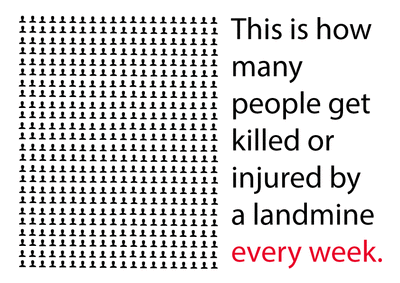And this?
And this?
I do, too, because I couldn’t get across THIS: 
That’s Cambridge Common, the 16-acre park I cross to get to my classes and to Lippman House, where our Nieman activities take place.
On an average day, some 10,000 people cross the park on foot or bicycle.
But the park pathways don’t get plowed until all the priority plowing – and shoveling – is done. In a winter like 2015, that meant crossing the park felt something like this:
What if there were a way – to help each other? When the city has its hands full?
That got me thinking: what if we could all come together and lend a hand? (you can see my first “Scratch” lesson if you click)
Instead of “paying it forward” … what if we “Shoveled it Forward?”

Do you really want to keep trudging over this unplowed path? Of course you don’t!
Imagine Cambridge Common planted with three bright shovels. (Scratch #2, my art is priceless.)
As you walk the path, your only task as a pedestrian is to shovel two steps ahead of you. So you will have at least two shovel-wide paces that won’t be as narrow as those dodgy, one-step-at-a-time paths.
Then park the shovel for the next person, who will (we hope) shovel two paces ahead themselves.
Kind of like Boston’s Adopt-a-Hydrant program, only for pathways that don’t always get shoveled.
It would probably be easy enough to tweak the Adopt-a-Hydrant app – in some form, with some very simple map or geo-coded details – for a few public pathways just for trial. (If anyone is into this – I can volunteer to leave some snow shovels behind for next year!)
The social media aspect – take a picture of yourself and your shoveling citizenship, and upload it? Get a badge? – could be done in Tumblr or Instagram.
You could hastag it “CommonWealth-y”
Or, as I originally imagined, #Shovelitforward.
Then I discovered there already IS a program like this – in friendly and polite Canada.
They’ve already built this better than I could have pictured or built. (Journalism lesson #1 – always check to see who else might have already written about your story!)
Could we use their model – maybe even co-brand it? We ARE neighbors, after all.



















